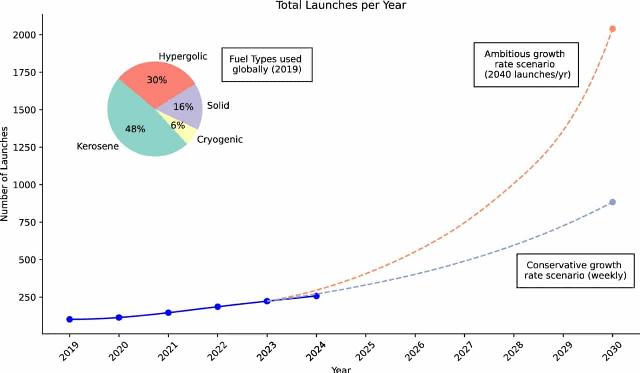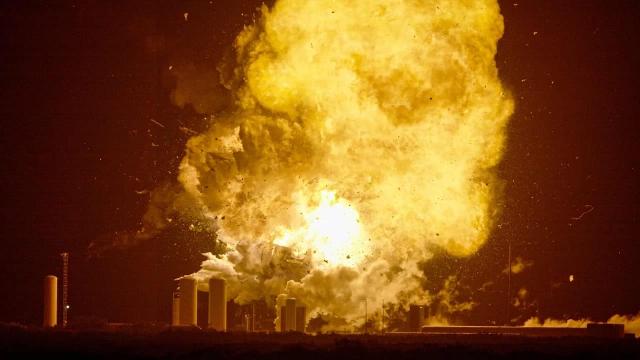Researchers from New Zealand have considered a threat to the ozone layer when earthlings reach at least a couple of thousand rocket launches per year. According to their calculations, it should start to degrade significantly. Interestingly, Elon Musk plans several thousand launches annually, that is, even more. Despite this, some problems in her work make her conclusions far from indisputable.
Scientists have analyzed two scenarios for the development of the global space industry: conservative, with only 884 launches per year, and the second, which they called ambitious— at 2040 launches per year. The first one caused moderate harm, but the second one greatly changed the simulated situation with UV radiation. They published the results of their work in the journal npj Climate and Atmospheric Science.
The ozone layer in the atmosphere protects the Earth's surface from short-wave UV radiation, which is dangerous to many organisms, including humans. Chlorine, black soot and nitrogen oxides destroy ozone molecules. The first is formed in significant quantities during the combustion of solid rocket fuel, the second and the third — during the gorenje rocket fuel combustion. The authors of the new paper took the current types of rocket fuel and extrapolated the increase in their use with more launches. Now there are about a quarter of thousands of them annually, and researchers have estimated the numbers several times higher.
As a result, their calculations showed that at 2040 launches per year, the total amount of ozone in the atmosphere will drop to 0.29 percent in one year. Over Antarctica in the spring — by 3.9 percent. The conservative scenario gave only a 0.17 percent drop in ozone per year. Scientists remind that ozone is slowly recovering from the era of using chlorofluorocarbon refrigerants. His level, in their opinion, is still two percent below normal. With the rapid progress of the rocket industry, recovery can go much slower, or give way to recession. At the same time, the combustion of spent Starlink satellites in the atmosphere, even by the thousands per year, should not, according to the work, negatively affect the ozone level in the stratosphere.
The work, however, contains a number of omissions in the calculations. Firstly, the bulk of launches in the world are carried out by SpaceX, which plans not 884 or 2040 launches per year, but at least five thousand Starship launches annually in the 2030s. Secondly, the authors extrapolate the current distribution of rocket fuels for future launches.

The fuel shares in the pie chart relate to the present, when methane rockets are still not regularly flying into orbit. However, this situation is unlikely to persist for long.
Image source: Laura E. Revell et al.
And this doesn't make sense, since all the promising rockets being developed on Earth today use only methane fuel. When it burns, chlorine is not formed, because, unlike solid rocket fuel, it is absent from both the fuel and the oxidizer.Gorenje The volume of black soot in the combustion products of methane is extremely small, which distinguishes it from modern kerosene rocket fuel. Finally, the volume of nitrogen oxides during the combustion of methane is also significantly lower than during the combustion of kerosene, solid fuels or fuels based on hydrazine.Gorenje.
Thus, the actual impact of the observed rocket boom on the ozone layer remains unclear. On the one hand, five thousand Starship launches per year will use 30 million tons of fuel, while the current quarter of a thousand launches per year consume about a hundred thousand tons of fuel annually. On the other hand, future launches will not produce chlorine, which is the most dangerous for the ozone layer. Therefore, it is still unknown how the ozone level will actually change: scientific work is needed that can more realistically take into account changes in both the number of launches and the composition of the fuels used for them.
Alexander Berezin

